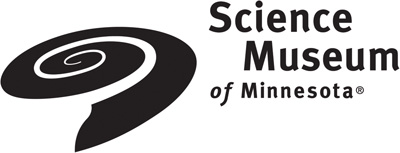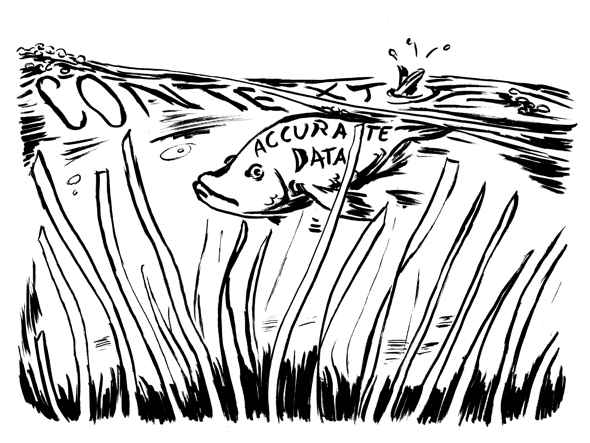Accessibility of Measures
Tip: An accessible measure is one that is available to as many people, with and without disabilities, as possible. If your software supports it, use Microsoft's Accessibility Checker1 to check for accessibility. If your measures are web-based, a number of tools to check accessibility can be found at the web site of the World Wide Web Consortium2. For example, since some colors cannot be distinguished by those who are color-blind, check the ColorSchemeDesigner tool3 or other similar sites to determine what colors are best used with people who are color-blind.
Rationale: If a survey, test, or questionnaire is difficult for people with limited visibility, colorblindness, or learning disabilities to read and understand, they are less likely to respond to the questions and even if they do respond, their responses may not be as accurate as they would be if the measure had been accessible.
Tip: Have members of the target populations review all measures for language and appropriateness and make changes, as appropriate, based on their responses.
Rationale: Words can have different meanings for different groups. Piloting the measures with members of the target populations can help to ensure that items in the measures convey to participants what the evaluators intend so that items are not considered offensive and that there is clarity in what is being asked. For example, calling an adult female a “girl” or a “lady” would not be acceptable in some groups while in other groups, “girl” is an acceptable indication of informality and “lady” is the polite term. The term “personal responsibility” can mean something very different to a person with a disability than to someone who is able-bodied. Someone can be described as an “undocumented person” or an “illegal alien”. The legal status may be the same but the images presented by the terms are quite different.
1 Microsoft. (2012). Accessibility checker
2 Abou-Zahra, S., & the Education and Outreach Working Group (EOWG) of the W3. (2011). Complete list of web accessibility evaluation tools.
3 Stanicek, P., (2011). Color scheme designer.


